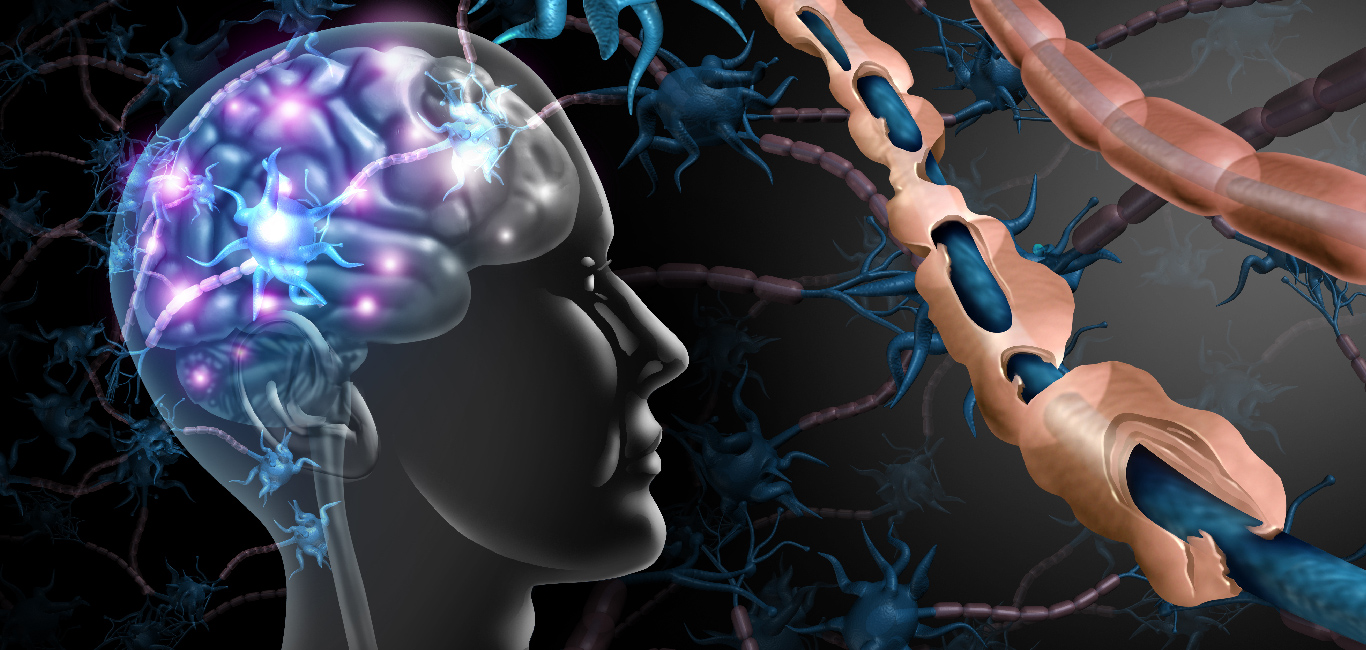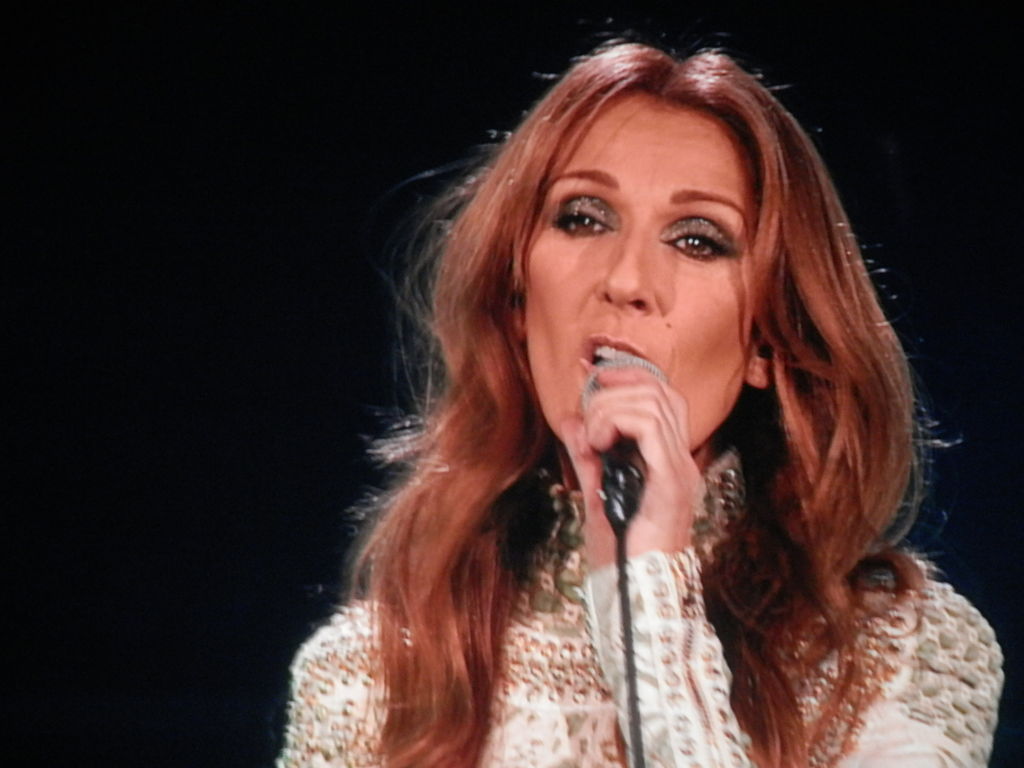
Adrenoleukodystrophy (ALD) is a genetic disorder that affects the nervous system and adrenal glands, the walnut-sized glands that produce essential hormones to maintain the body’s overall health and well-being.
“The disease is caused by a mutation in the ABCD1 gene present on the X chromosome,” Dr Florian S Eichler, from the Center for Rare Neurological Disease, Boston, tells Happiest Health.
He says ALD is an X-linked condition; this means the mutated gene is only on the X-chromosome. Symptoms show up in males, who have only one X chromosome, but females, with two X chromosomes, can be asymptomatic if only one carries the defective gene. “Asymptomatic means one has the disease, but symptoms may or may not appear,” explains Dr Eichler.
A progressive loss
For Taylor Kane, speaker, author, consultant, and advocate from New Jersey, USA, ALD hit close to home. “I lost my father to the rare neurological disease [ALD] when I was five. Also, I was diagnosed as asymptomatic at the age of three, soon after his diagnosis,” says Kane.
The condition began robbing Kane’s father of his vitality. First, he could not walk, then he had difficulty swallowing, and later could not comprehend what was happening around him. As his condition worsened, “he was unable to recognise me,” Kane recalls sadly.
The fault in the genes
Mutated gene ABCD1 disrupts a vital cellular process: the breakdown of fat molecules. Cells use very long-chain fatty acids (VLCFs) to produce energy in a healthy body. The VLCFs are broken down inside an organelle (a cell component) called a peroxisome. These broken bits are then used by cells to produce energy.
Read more: Breaking down Gaucher disease: understanding the rare genetic disorder
However, in ALD conditions, the mutated ABCD1 gene creates a faulty transporter protein that is incapable of carrying the VLCFs to the peroxisome. “The VLCF build-up in the cells creates a hindrance to the production of steroid hormones in the adrenal gland and the myelin sheath of neurons in the brain and spinal cord,” says Dr Eichler.
The many avatars
Being a complex condition, ALD can present in four forms depending on which part is affected:
- Cerebral type ALD occurs due to the damage and inflammation of the myelin sheath of neurons in the brain. Symptoms can manifest in three to eight-year-old children or in adults. Attention deficit, behavioural disturbances, and dementia are the oft-noticed symptoms, along with possible impairment of adrenal gland function.
- In the Spinal cord type, nerve cells in the spinal cord degenerate due to impaired myelin. It usually occurs between 10 to 20 years in males, and later in life for females. People with this condition may face difficulty walking.
- Adrenomyeloneuropathy (AMN) type manifests when there is damage to the nervous system and adrenal gland neurons. The person experiences muscle stiffness and weakness, walking trouble, changes in mental state, numbness, pain, and bowel incontinence.
- When there is damage only to the adrenal gland neurons, it manifests as an adrenal insufficiency-only type ALD. This does not affect the nervous system, but reduces the ability of the adrenal gland to produce hormones. Common symptoms are darkening of the skin, caused by the low levels of these hormones, resulting in increased melanin production, a pigment which gives colour and protects the skin from UV radiations.
Read more: Muscle meltdown: the reality of spinal muscular atrophy
Kathleen O’Sullivan, the cofounder of ALD Connect and a yoga instructor at the Danvers Community YMCA in the United States, recounts her son’s condition.
“12 years ago, my son’s skin continued to tan even months after summer,” says Kathleen. Perplexed, she began searching for reasons online when she found information about ALD. “He also craved salty food with a restrictive palate, was often tired and took a long time to recover,” she says. Then blood and genetic tests confirmed ALD.
Dr Eichler says females are less likely to have a cerebral, AMN and adrenal insufficiency only type of ALD, but they are equally susceptible as males to the spinal type.
Managing the condition
Early diagnosis is vital to manage the symptoms, say experts. It helps to reduce the chances of worsening the condition. Diagnosis involves a comprehensive approach, including:
- Screening new-borns for VLCFs by a blood analysis
- MRI scan
- Measuring VLCFA through blood, genetic and adrenal gland functionality tests
This combination of tests provides a thorough evaluation to diagnose the condition accurately.
Other emerging therapies for ALD are stem cell transplantation, and gene, steroid, and corticosteroid replacement therapy, which are showing encouraging results in helping manage the condition.
Further, Dr Eichler says maintaining a healthy diet is of utmost importance. “Staying active through stretching, yoga, and exercise is important, but one needs to listen to one’s body, [and not overdo it]. Good personal hygiene and emotional and psychological happiness play an equal role,” he adds.
Beating the odds
Males are more likely to have the condition, but females can also develop it if both their X-chromosomes have the defective gene, says Dr Eichler.
“However, the probability of both chromosomes carrying the defect is very less,” he says. He adds that the disorder affects 60 per cent of asymptomatic females across their lifespan. “Generally, as they grow older, they begin to experience mild symptoms, unlike males who experience them early in their life,” says Dr Eichler.
This turned out to be true in Kane’s situation. Although she is symptom-free at 24, her doctor informed her that she could develop the symptoms in her 40s, potentially preventing her from walking independently. However, she chose not to live in fear, instead founding a non-profit organisation called Remember The Girls to support and advocate for those with X-linked disorders. She also works full-time at a healthcare technology company and has authored a book — Rare Like Us.
“I have faith in the power of science and research to find a cure for these rare conditions,” says Kane.















